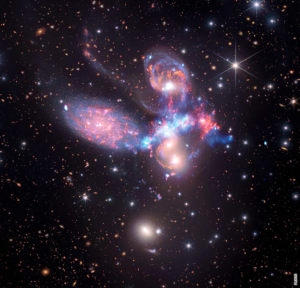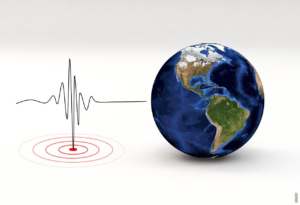The Enchanting Dance of Fluorescence
Fluorescence is a captivating phenomenon that has intrigued scientists and artists alike for centuries. It involves the emission of light by a substance after it has absorbed electromagnetic radiation. This unique property has found applications in various fields, from forensics to biology and even in the study of gems and minerals.
The Science Behind the Glow
At the heart of fluorescence lies the interaction between light and matter. When a substance is exposed to specific wavelengths of light, its atoms or molecules absorb the energy and become excited. This excitation causes the electrons within the atoms or molecules to move to higher energy levels. However, as these excited electrons return to their original lower energy levels, they release the excess energy in the form of light.
A Kaleidoscope of Colors
One of the most intriguing aspects of fluorescence is the vibrant array of colors it can produce. Different substances fluoresce in different colors depending on their chemical composition. For example, the stunning glow of a fluorescent coral is a result of proteins called fluorescent proteins that emit red, green, or blue light when exposed to ultraviolet radiation. Similarly, diamonds can exhibit a breathtaking blue fluorescence when exposed to ultraviolet light, adding an enchanting allure to these precious gemstones.
Applications Beyond the Surface
Fluorescence’s enchanting glow has numerous practical applications. In forensics, fluorescent dyes are used to enhance the visibility of latent fingerprints, making it easier for investigators to identify and analyze crucial evidence. In biology, fluorescent dyes and proteins are invaluable tools for visualizing and tracking cellular processes. They enable scientists to study the intricate mechanisms of life at a microscopic level, unraveling the mysteries of the natural world.
Unveiling the Invisible
Fluorescence not only reveals the hidden beauty of the world but also enables us to see what is otherwise invisible to the naked eye. Ultraviolet light, which is invisible to humans, can be used to induce fluorescence in certain substances, making them glow with ethereal radiance. This has led to astonishing discoveries in fields such as mineralogy, where fluorescent minerals have been unearthed, showcasing a dazzling spectacle of colors that are otherwise hidden beneath the Earth’s surface.
Post
Post
A World Illuminated
As we delve deeper into the mysteries of fluorescence, we uncover new wonders and applications that continue to amaze us. From the depths of the ocean, where fluorescent marine organisms light up the dark abyss, to the intricate beauty of a fluorescent butterfly’s wings, this phenomenon showcases the extraordinary diversity and interconnectedness of the natural world.
So next time you encounter a fluorescent object, take a moment to marvel at its radiant glow and appreciate the hidden stories it holds. Fluorescence invites us to see beyond what meets the eye and immerse ourselves in a world illuminated by the enchanting dance of light.



